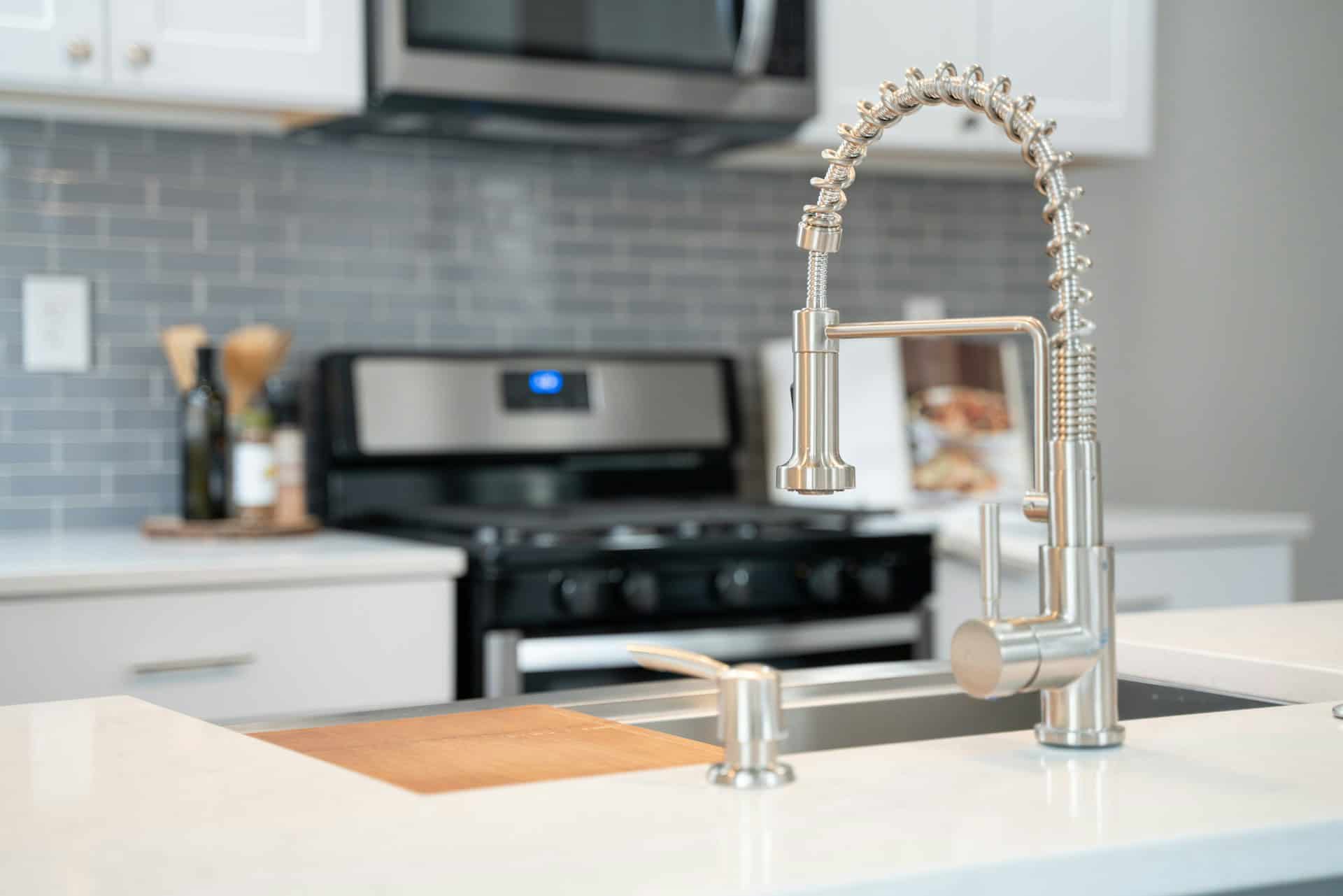
Question: Why are Kitchen Taps So Expensive?
Answer: Kitchen taps are so expensive due to factors like material quality (e.g., solid brass), advanced features (e.g., touchless operation), intricate designs, and brand recognition. Manufacturing processes and warranties also contribute to cost.
Decoding Kitchen Tap Price Tags
Kitchen taps: we use them daily, but their price tags can sometimes surprise us. Why are some kitchen taps so expensive? This article explores the factors influencing kitchen tap prices, helping you understand what justifies the cost.
Material Matters: Impact on Cost
Tap material significantly affects price. Common materials include brass, stainless steel, and zinc alloy. Brass, known for durability and corrosion resistance, often comes at a higher price. Stainless steel offers a balance between cost and durability. Zinc alloy, a budget-friendly option, may lack the longevity of brass or stainless steel. Material choice impacts not only the tap’s lifespan but also its aesthetic appeal.
Manufacturing processes further differentiate tap quality within each material category. Forged brass, created through a high-pressure process, results in a denser, more durable tap compared to cast brass. This difference in manufacturing directly influences the final price. Higher quality stainless steel, containing a higher percentage of nickel and chromium, resists rust and wear more effectively than lower grades, justifying a higher price point.
Click here for more information on kitchen refacing near me Toronto
Related Article: What Size of P-Trap is Required for a Kitchen Sink?
Related Article: Can You Install a Kitchen Tap Yourself?
Functionality and Features: What You Pay For
Beyond basic functionality, kitchen taps offer a range of features influencing price. Pull-down sprayers, touchless operation, and water filtration systems add convenience and functionality, increasing the overall cost. These features enhance usability and offer specific benefits, from easier pot filling to improved hygiene.
Innovative technologies, like smart faucets with voice control or precise temperature settings, command a premium price. These advanced features cater to specific needs and preferences, offering a level of control and convenience not found in standard models. The research and development behind these technologies also contribute to the higher price point.
Brand Recognition: The Premium of Prestige
Established brands often command higher prices due to their reputation for quality, reliability, and customer service. These brands invest in research, development, and rigorous testing, ensuring their products meet high standards. The brand name often signifies a certain level of quality and performance, which consumers value.
Warranty and customer support also play a role in brand pricing. Reputable brands often provide comprehensive warranties and reliable customer support, adding value beyond the product itself. This commitment to customer satisfaction justifies the higher price tag, offering peace of mind and long-term support.
Installation Costs: Beyond the Tap Itself
Don’t overlook installation costs when budgeting for a new kitchen tap. Complex installations, involving specialized plumbing or configurations, can increase the overall expense. Professional installation ensures proper function and prevents future problems, but it adds to the initial outlay.
Consider the type of installation and any necessary modifications to your sink or plumbing. Upgrading to a tap with advanced features might require additional plumbing adjustments, impacting the installation cost. Factor in these potential costs to accurately estimate your total investment.
Style and Design: The Aesthetics of Affordability
Kitchen tap styles range from traditional to modern, influencing price. Intricate designs and handcrafted details often come at a premium. These design elements contribute to the tap’s aesthetic appeal and can elevate the overall look of the kitchen.
Consider your kitchen’s existing décor and choose a tap that complements it. While elaborate designs can be visually appealing, simpler styles can offer cost-effective solutions without compromising functionality. Balance aesthetics and budget when selecting a kitchen tap to ensure a cohesive and affordable upgrade.
Conclusion
Understanding the factors influencing kitchen tap prices empowers informed decisions. From materials and finishes to brand reputation and installation, each element contributes to the final cost. By weighing these factors against your needs and budget, you can choose a kitchen tap that offers both value and performance.

Blue Malue Get in touch with Blue here.
